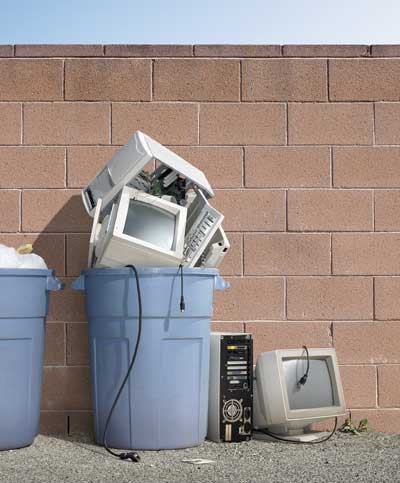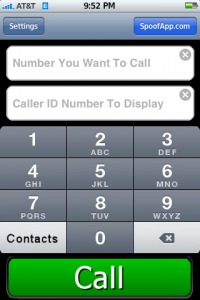When the time comes to throw away, give away, sell or otherwise dispose of a computer, you should be sure to permanently erase the data on it. Otherwise, the new owner – or someone who has fished it out of the trash (yes, this actually happens) – will be able to read any financial, business, personal, or other sensitive data that was on the hard drive when you stopped using it. Often this will also include data that you may have thought was deleted but is actually still on the hard drive. Pressing “delete” doesn’t actually erase a file or program permanently and even a moderately skilled hacker will be able to retrieve it. This begs the question: how do you permanently delete the data that you don’t want lingering on the computer once you are ready to dispose of it?
The National Institute of Standards and Technology publication related to data disposal is SP 800-88 rev. 1. It details three levels of “media sanitization” – clear, purge and destroy. Data is considered cleared when it’s not readily accessible on the computer or device in question, though someone with digital forensic tools (like that moderately skilled hacker noted above) can still get at it. Purging involves removal of the data to the extent that it is “infeasible to recover” using state of the art forensic lab methods and destroying is pretty much what it sounds like. NIST SP 800-88 references a number of destructive methods relating to computer data. Here are a few common ones:
Read more ›















